Westfield Upgrades Shopping Centers With Solar Power
The move is part of URW's global environmental sustainability initiative, dubbed Better Places 2030.
Unibail-Rodamco-Westfield, a global developer and operator of flagship shopping destinations, has completed the installation of solar panel arrays at three of its properties. Westfield Valley Fair in Silicon Valley, Calif., Westfield UTC in San Diego and Westfield Garden Plaza in Paramus, N.J., are now solar-powered.
The Valley Fair shopping center had nearly 3,800 solar panels installed in partnership with Pacific Gas and Electric. The collaboration boosted the existing solar power system to more than 8,000 panels and a capacity of 2.5 megawatts that can generate almost 3.9 gigawatt-hours of clean energy annually. The property is touted as one of the most productive shopping centers in the country, featuring a lineup of luxury boutiques and global brands such as Nordstrom, Macy’s, Louis Vuitton, Prada, Cartier and Balenciaga.
The UTC facility was also upgraded, with more than 2,800 new solar panels added to the existing system in partnership with San Diego Gas and Electric, and now totals some 3,500 panels. The system’s capacity rose to nearly 1.2 megawatts and can generate more than 1.9 gigawatt-hours per year. The outdoor retail resort’s tenants include Apple, Allen Edmonds, Kendra Scott and Vineyard Vines. The property also features a 23-story residential tower with 300 units.
The solar power system at Garden State Plaza was installed with Public Service Enterprise Group and consists of roughly 3,500 panels with a capacity of more than 1.3 megawatts that can generate 1.7 gigawatt-hours of energy yearly. The property has more than 300 shops and is anchored by Nordstrom, Macy’s, Neiman Marcus and Lord & Taylor.
The company now has seven shopping centers equipped with solar power installations. Its largest is the Westfield Topanga & The Village in Los Angeles, a facility that in 2018, had 15,000 solar panels installed, with a generating capacity of 4 megawatts, which made it the largest installation of its kind at any retail destination in California.
Sustained focus on sustainability
URW has launched a global environmental sustainability initiative, dubbed Better Places 2030, which signs up the company to achieve a 50 percent reduction of its carbon emissions by 2030 on a global scale. Measured emissions include direct and indirect ones—coming from construction, tenant energy consumption and other property operations, as well as employee and visitor transportation.
The company’s attention to sustainability has, so far, materialized into 10.6 megawatts of solar installations across the U.S. that can generate 16.7 gigawatt-hours of renewable energy. The use of solar panels also means a reduction of its carbon dioxide emissions by 11,800 metric tons per year.
READ ALSO: Giving Back to the Community
URW’s sustainability strategy includes several other factors, such as the integration of smart transportation infrastructure, which comprises public transportation connectivity, short-distance carpooling programs and electric vehicle charging stations. In addition, the company’s carbon-reduction strategy includes waste management, water conservation and LED lighting system—its LED retrofit projects in the country are estimated to save almost 40,000 megawatt-hours every year.
The U.S. Environmental Protection Agency has awarded URW the Excellence in Green Power Use, which made it a Green Power Partner. The recognition stands for outstanding use of green power through a diverse portfolio, including power purchase agreements, REC purchases and self-generation rooftop and carport solar projects. Combined, these purchases amount to nearly 147 million kilowatt-hours each year.

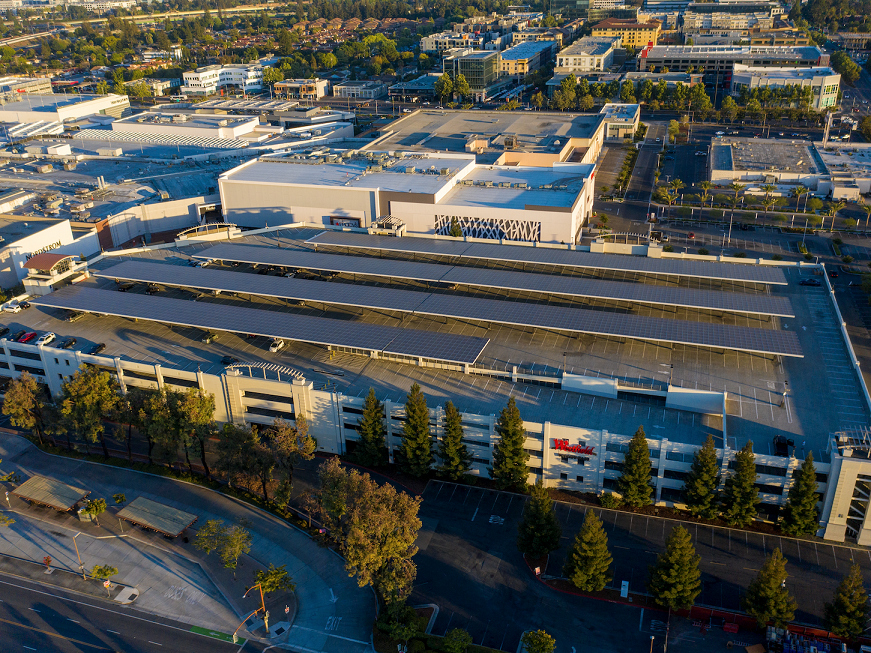
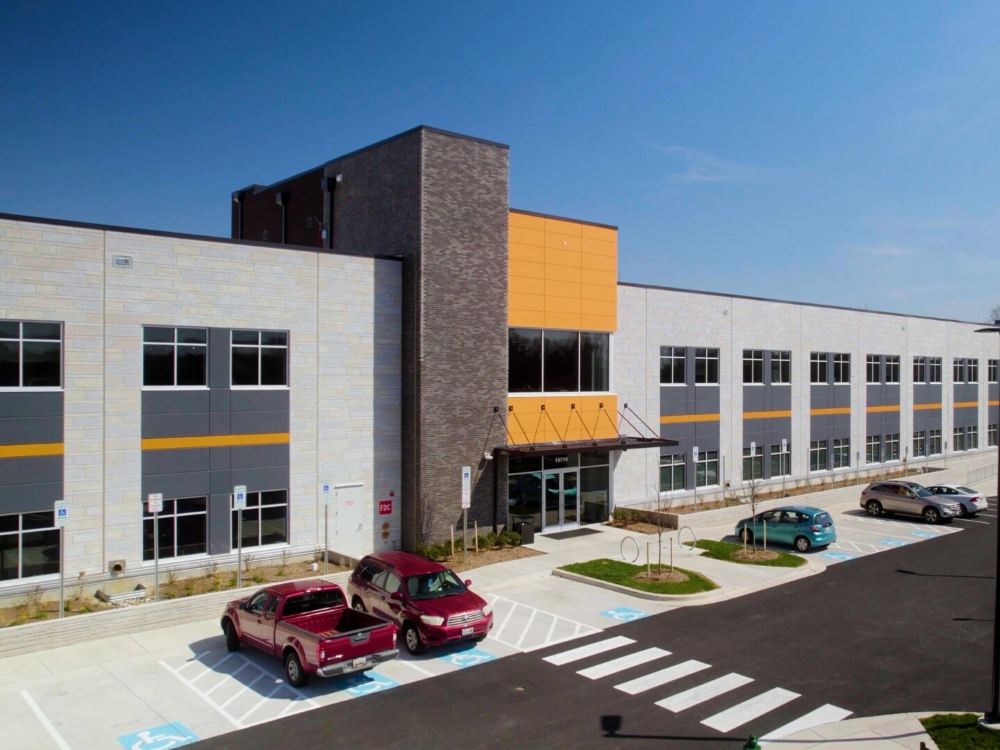

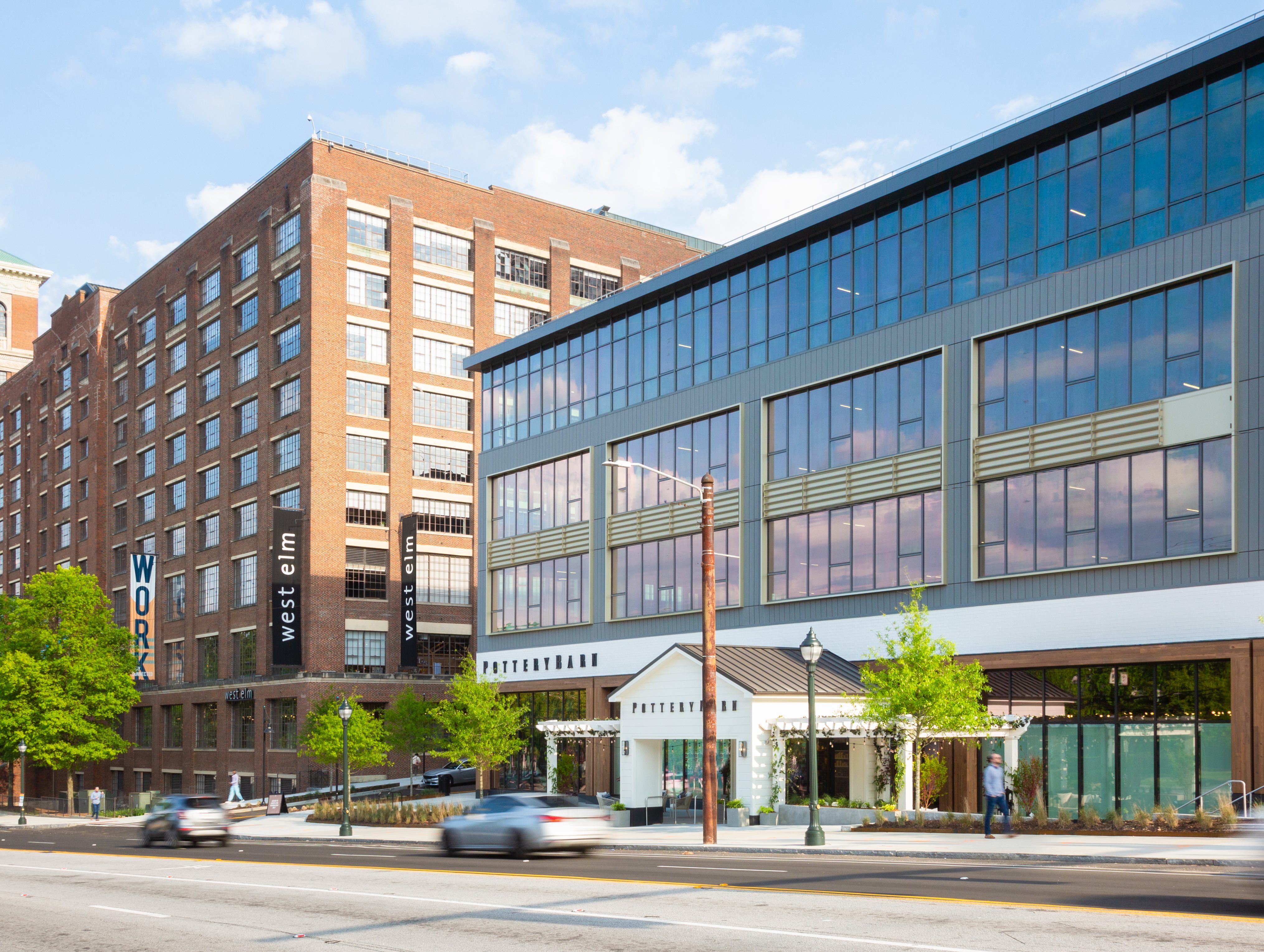
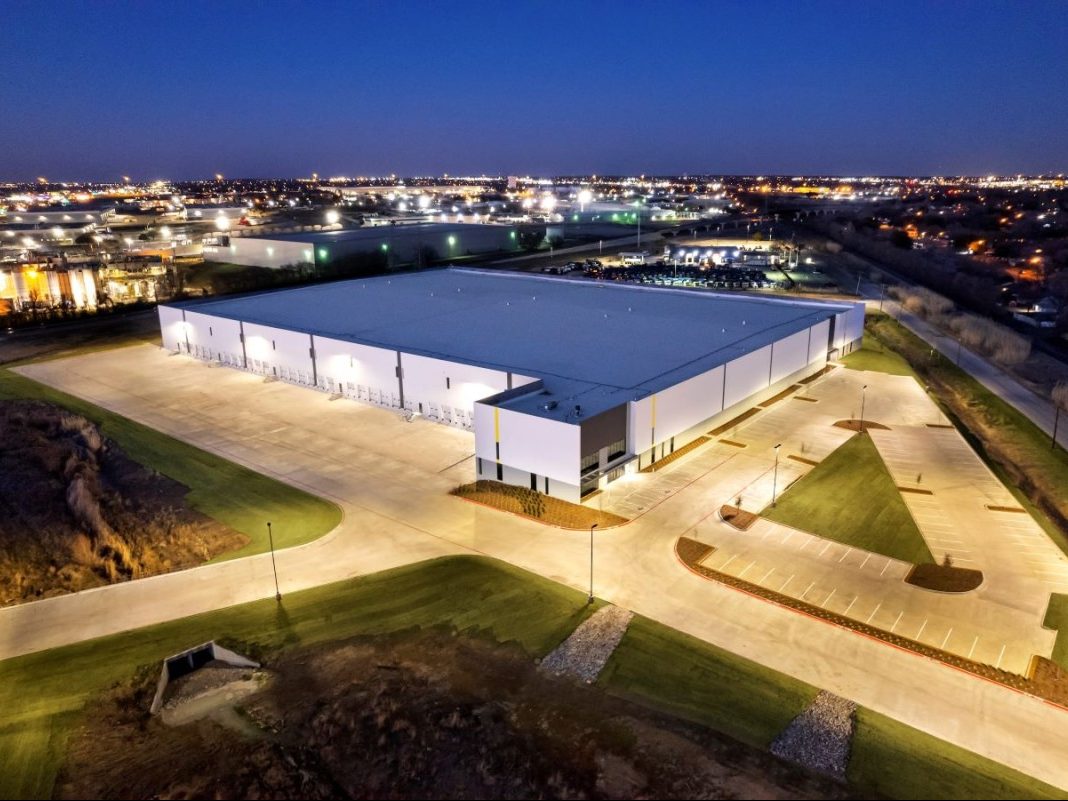
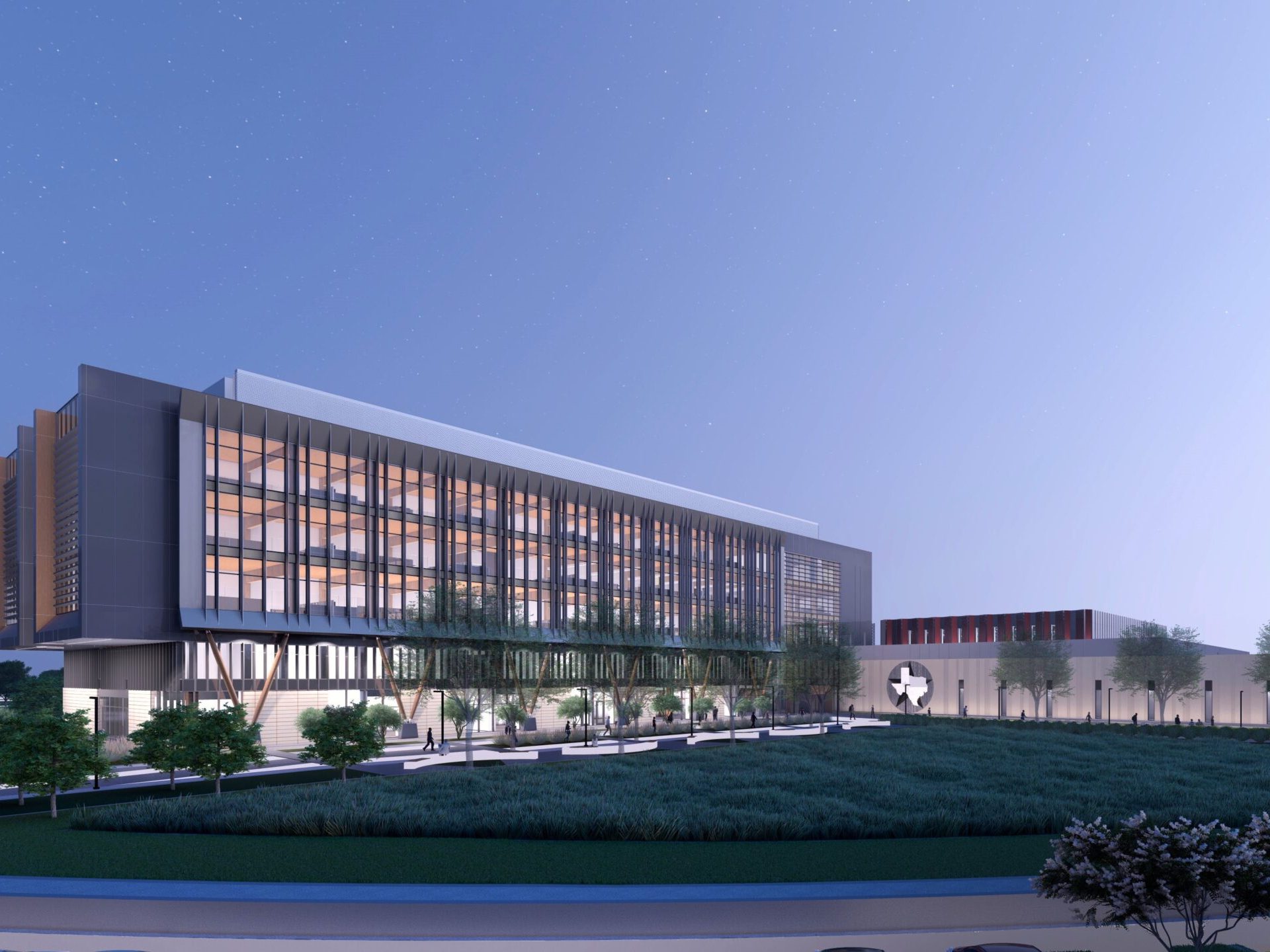
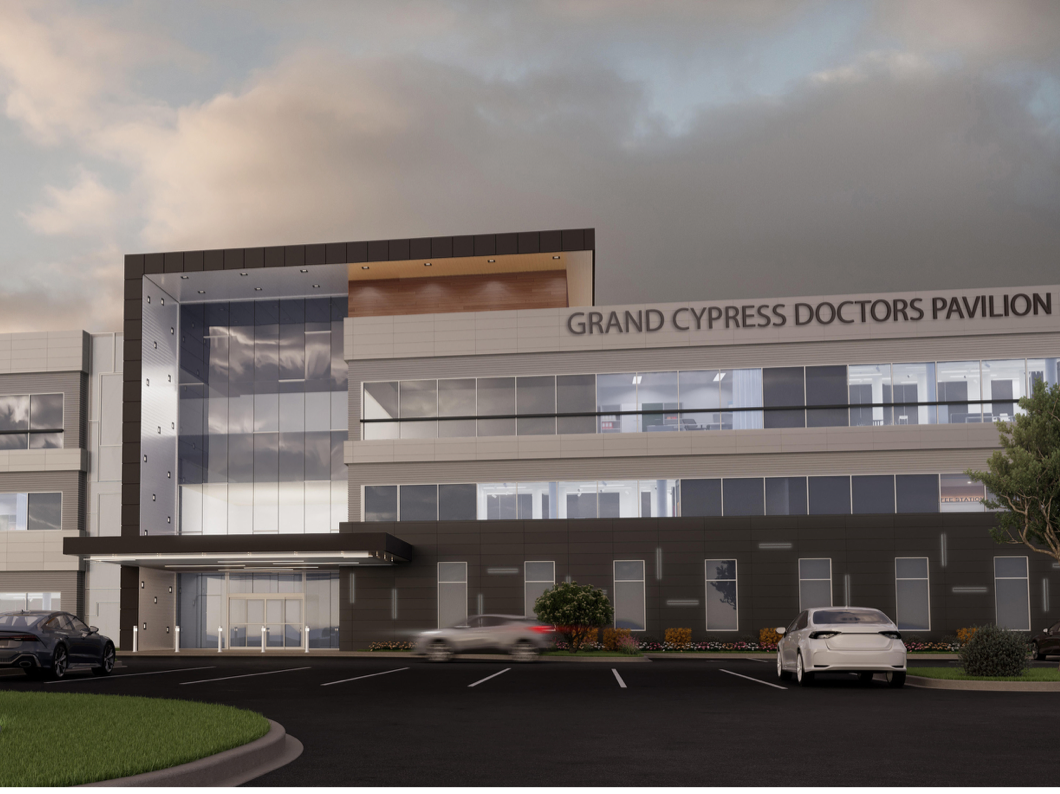
You must be logged in to post a comment.